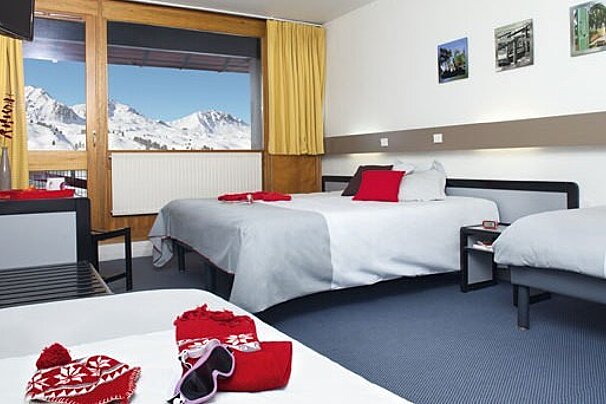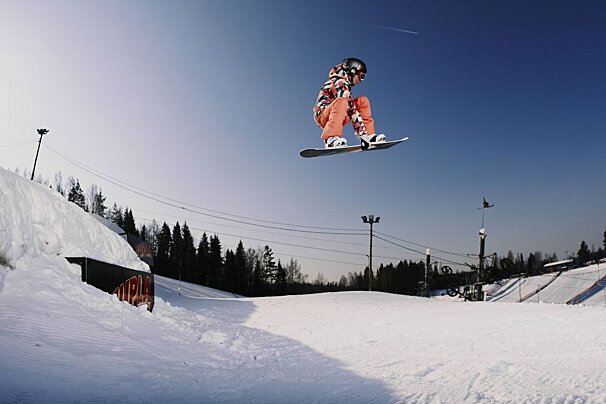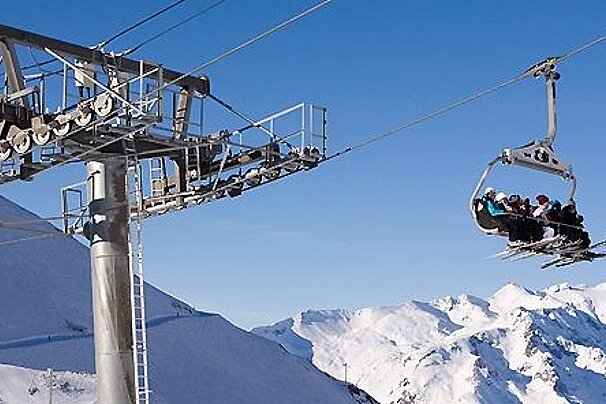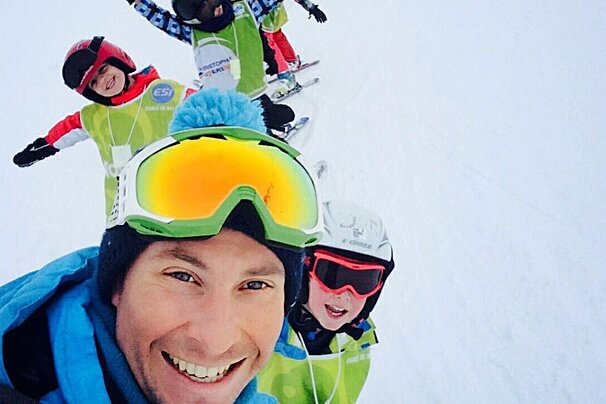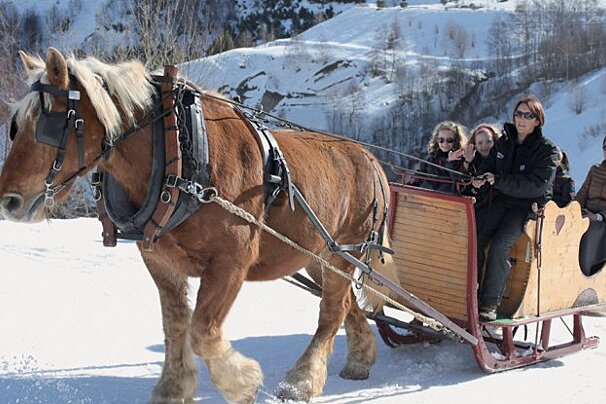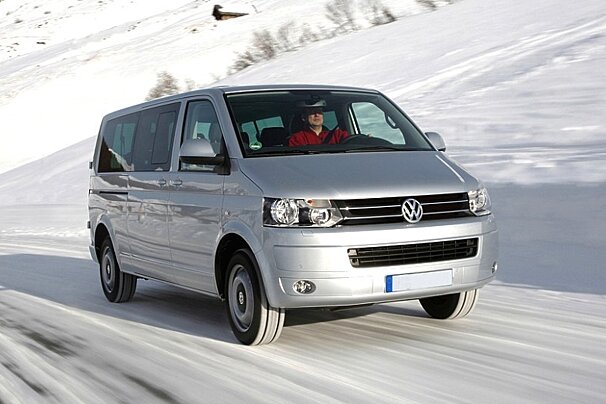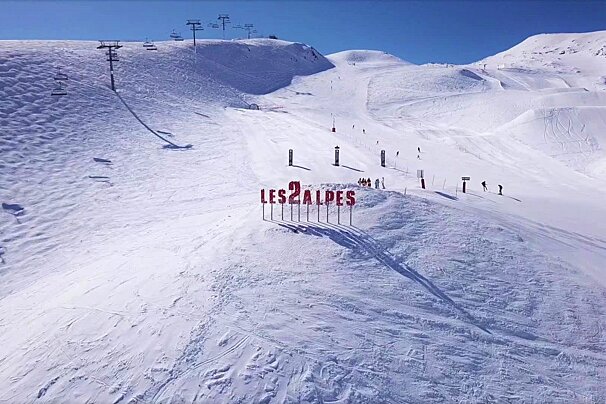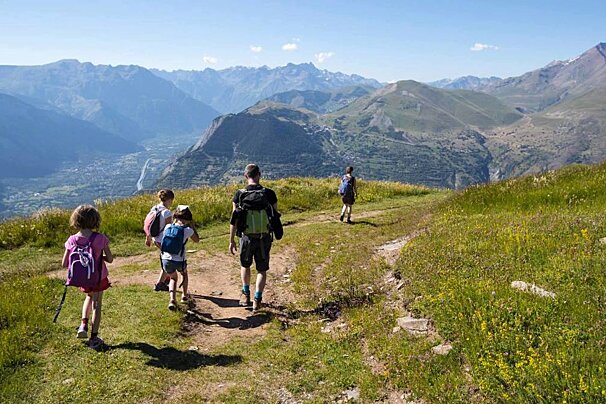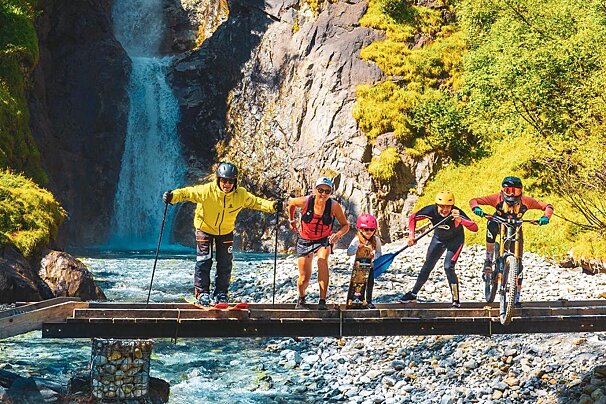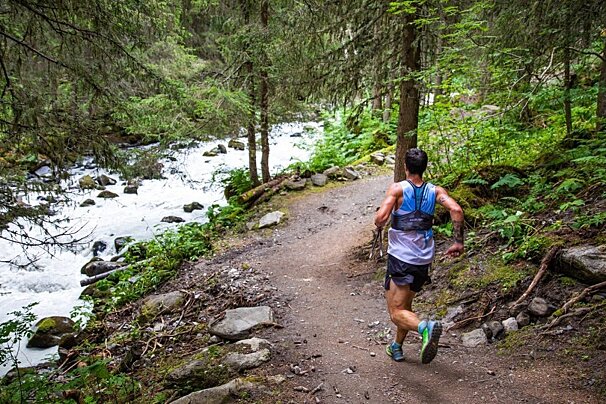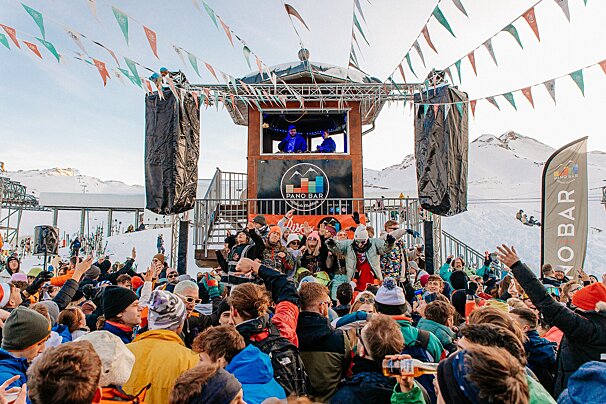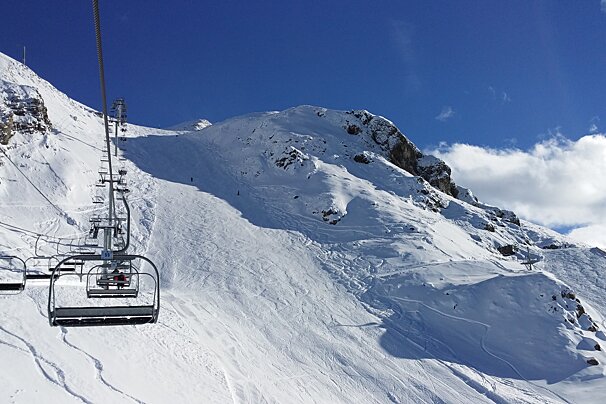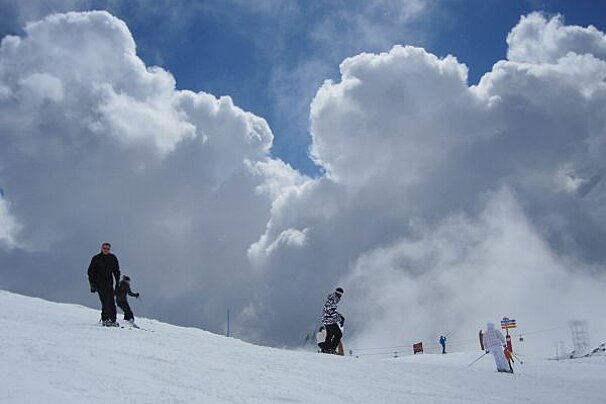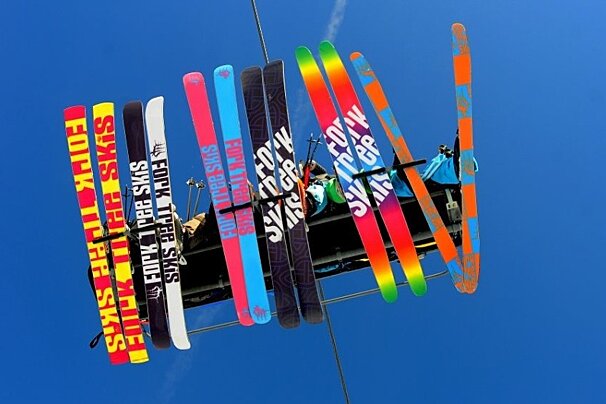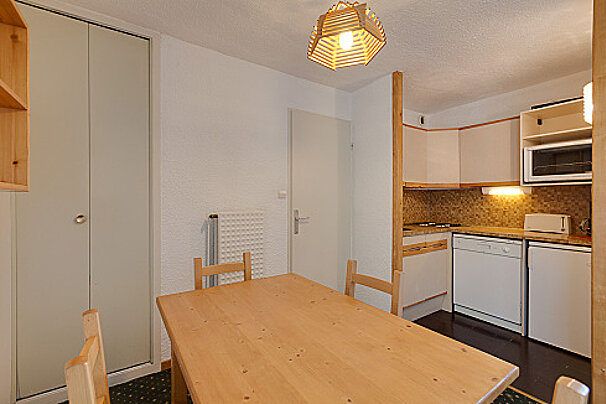
Ecrins National Park
The Ecrins National Park is one of the highlights of the Southern Alps region
The Ecrins National Park is one of the highlights of the Southern Alps region.
A haven for all sorts of wildlife as well as a magnet for outdoor sports enthusiasts, it's well worth a visit at any time of year.
Covering over 270,000 hectares (91,740 of which make up the central zone) the Ecrins National Park is the second largest in France after the Vanoise.
Not just an enormous adventure playground made up of rocks, rivers and forests, the park is also home to 61 towns and villages; one third of which are in the department of Isère and the remaining two thirds fall within Haute-Savoie. They are all in the peripheral zone of the park and can make a great base from which to explore the park; a few places worth a visit include Les Vigneaux, Vallouise, Ailefroide, Puy Aillaud and La Bérarde. Some of these are beautiful little hamlets where old cultures and traditions die hard.
Jump to
Geography

The Ecrins is contained by the Romanche river to the north, the Guisane river to the east, the Durance river to the south and the Drac river to the west. Into these rivers run the rain and melt waters that gather in the Ecrins, gently eroding gorges and gullies as the years pass by and helping to create the characteristic shapes of the landscape.
The formation of such large valleys has been helped along by the sedimentary rocks (such as limestone, schist and clay) that cover the old predominating base in the south east of the park. The rocks in the north and the west of the park however are the much harder crystalline and metamorphic rocks (such as granite and gneiss), which offer up much more resistance to the constant cycle of glaciers and waterfalls that pass over their surface through time. The differences in the rocks and their reaction to the elements is what gives the park such extremities of high peaks and deep gullies, with all those steep ascents and descents that bring the adrenaline hunters flocking!
Of the many peaks of the Ecrins National Park, more than 100 of them soar higher than 3,000m above the valley floor; not bad when you consider that the valley itself is on average no lower than 1,000m above sea level.
The highest point is the Barre des Ecrins at 4,102m, which is also the only 4,000m plus peak in France south of Mont Blanc.
The Ecrins National Park has over 10,000 hectares of glacier including the Glacier Blanc, Glacier Noir, Glacier de Mont-de-Lans amongst others; scattered across the landscape are some beautifully clear (and very cold!) mountain lakes.
History

The Ecrins National Park was the fifth national park to be classified in France following the creation of the Vanoise, Port-Cros, Pyrénées and Cévennes national parks.
The need for a protected natural site was recognised in 1913 with the creation of La Bérarde National Park by the Water and Forest Commission; it came about due to the concerns of mountain climbers, the French Alpine Club and various nature associations.
The history of the area can be charted way back to before the 20th century though; in fact, there are artefacts found in the park that date back to the Bronze Age! In the centuries that followed generations of people strived to exist in the high mountains of the Ecrins and an agricultural-pastoral civilisation flourished. Communities created homes anywhere that was suitable; it had to be accessible, protected from the worst of the elements, free from flood and avalanche risk and suitable for small scale farming.
A surge in population and development of the land took place in the mid-19th century when a new wave of mountaineers and guides began to explore the natural challenges of this dramatic landscape. The new activity of guiding and catering for visitors took its place alongside agricultural labour as one of the main ways to earn a living.
As in many rural communities the impact of the first and second World Wars had a marked effect on the population of the villages that make up the Ecrins region. The first half of the 20th century saw many people migrate from the countryside to the cities, leaving smaller villages bereft. It is only really within the last few decades that the population has stabilised due to the combination of increased agriculture and the advent of tourism. One of the objectives of the park is to preserve the heritage of the area and learn more about its history.
Things to Do
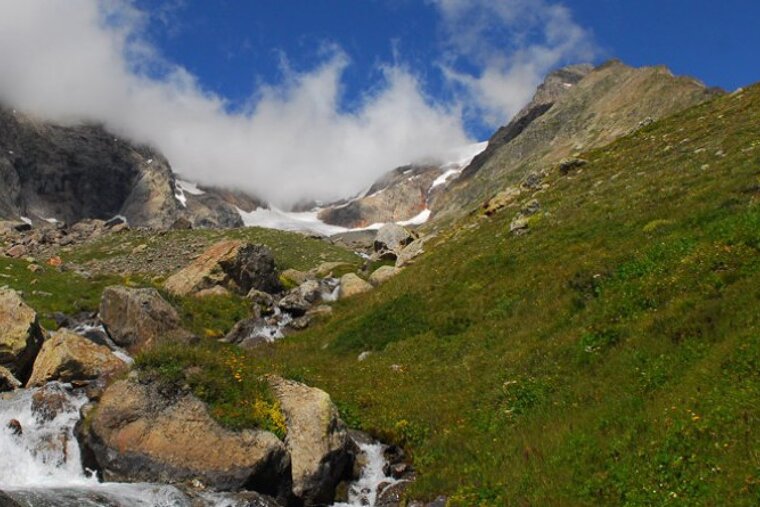
There are a huge range of activities you can do in the park, as long as you respect the regulations and inform yourself of the rules before you set out.
For first time visitors the park is well laid out with specially designed nature trails, sign posted footpaths, information points and the park house. There is a number of guiding and adventure companies in the area that will take you hiking, climbing or exploring the waterways – there are over 500km of streams, rivers and waterfalls in which you can raft, kayak and canyon.
The GR54
One of the most well-known hikes in the area is the GR54; a circuit route that usually starts and ends in Bourg d'Oisans. Totalling 123 miles (198km) from start to finish, you can attempt the hike in its entirety or just choose a section that suits you. Parts of the trail involve some scrambling and there are quite a few strenuous ascents along the way; if you're not an experienced walker you should study the guidebooks carefully before you set off and check that your itinerary is do-able. Experienced walkers will take around eight to ten days to complete the full circuit; there are a number of gites, campsites and refuges that you can stop over in along the way.
With hundreds of summits reaching thousands of feet high and 17,000 hectares of glaciers the Ecrins is a Mecca for climbers – the Barre des Ecrins and the Meije are two of the legendary ascents that serious climbers must try.
The activities aren’t just confined to the warmer months; off-piste skiing, ice climbing, snow shoeing and glacier hiking are all popular sports. The nearest ski resorts are Les Deux Alpes and then Alpe d’Huez, either of which should be able to provide you with all the equipment and information that you will need. Unless you are experienced and very well acquainted with the area it is highly advisable to take an experienced guide with you on any of these activities – not only will they increase your safety they will also make the trip much more fun with their local knowledge and expertise.
Guidelines to enjoying the park
- avoid making loud noise – not only will you scare off the wildlife, you will also disrupt other people trying to enjoy the great outdoors
- do not pick anything or take samples – many of the parks plants are endangered species
- do not drop litter
- no dogs – even on a lead your dog can distress the wildlife and leave mess behind
- camping is not allowed in the park, however you are allowed to bivouac between the hours of 19:00 and 09:00
- no firearms – hunting is banned in the park and guns of any kind are forbidden
- no cars or bikes except on authorised roads – mountain biking is allowed in restricted areas, find out where before you set off
- no fires – for obvious reasons
- respect the authority of the park rangers – the park has over 50 rangers working hard to patrol and safeguard the park, maintaining the haven for everyone to enjoy



